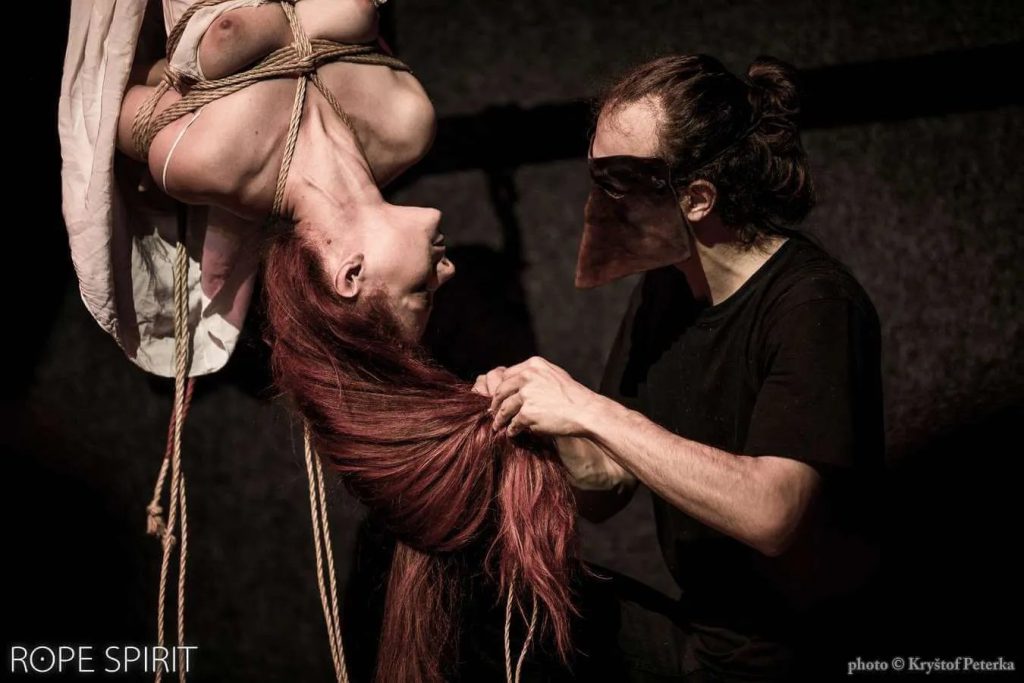Ask ten people and you’ll get twelve different definitions. Most literally translated into English as “torture rope” or “tormenting rope,” we think of Semenawa as tying with a singular goal: using rope and time to create a container for our partner’s surrender.
This may be controversial, but we suggest that Semenawa is a goal or an outcome, rather than a style. Although there are patterns associated with Semenawa, tying in this way emphasizes the internal experience of our partner rather than a particular aesthetic or external outcome. It asks us to tie our partner as they are in this moment, staying fully present with them as we layer intensity and sensation over time – adding a rope, pausing, considering, adding another.
One of the most beautiful parts of Semenawa is that it is contextual – a particular tie will create different sensations and reactions not just person-to-person but day-to-day. For this reason, Semenawa requires an intense focus on our partner and their reactions within a tie. Because our aim is the internal experience of surrender, Semenawa is infinitely personal and adaptable. Intensity, pain, and “torment” are measured against our partner’s desires and capacity, not some objective rubric. Intensity functions on a personal scale; it should never be thought of as absolute. So, while our ties may be inspired by the style and aesthetics of a particular teacher, explorations of Semenawa are ultimately as diverse as we are.
We hope you’ll join us to learn Kirigami & Tenshiko’s unique approach to Semenawa. Drawing on over a decade of teaching and tying together, Kirigami and Tenshiko tie with an eclectic approach that emphasizes mutual trust and desire. Over the course of their visit, we’ll explore their philosophies of Semenawa, build on those concepts for suspension, and witness an intimate demonstration.

My thanks to hua hua, Erato Bänana and RopeMark, whose thoughts on the subject have shaped my own. This post is offered as a view into our perspective as educators – not as the Be All, End All of an evolving definition and conversation.
